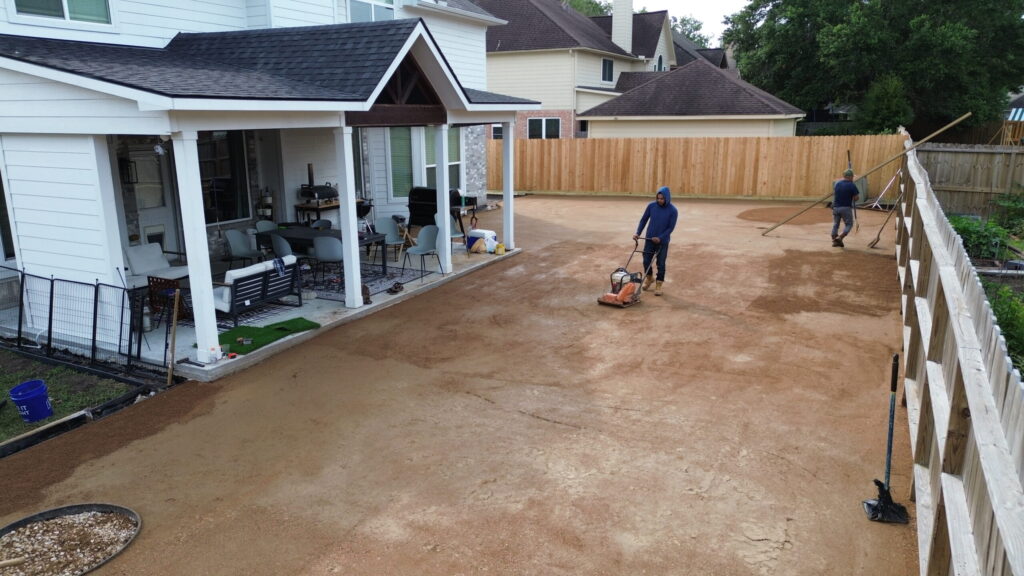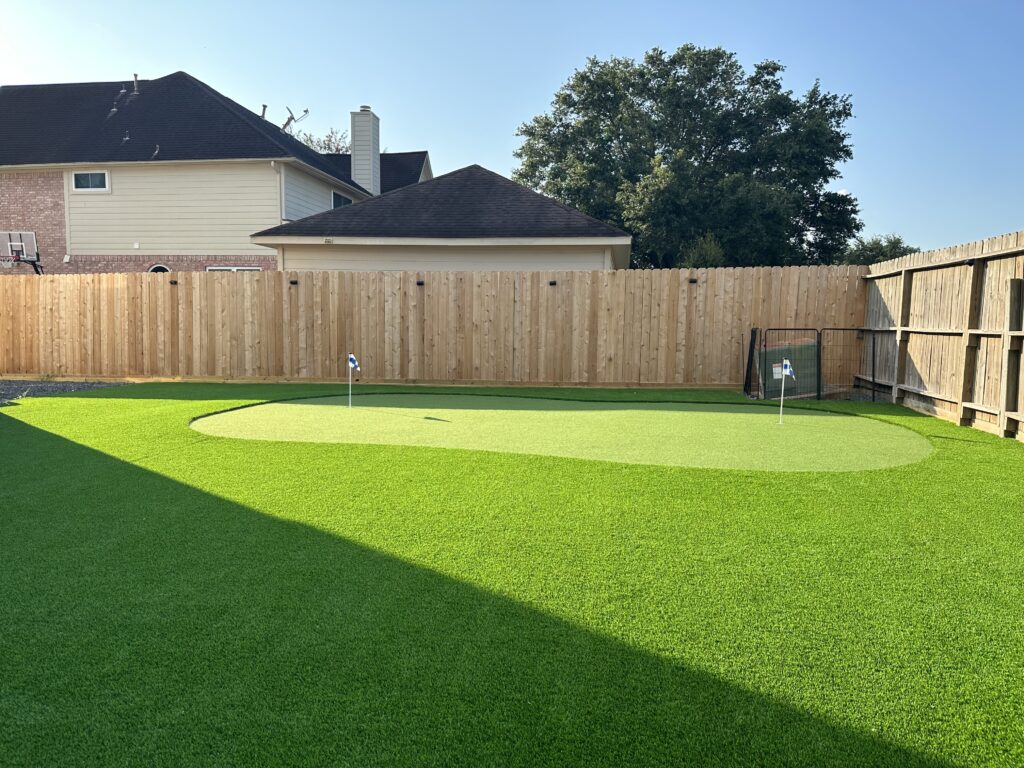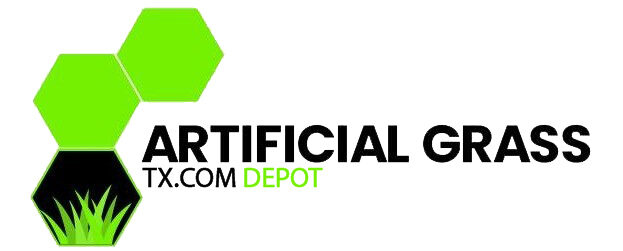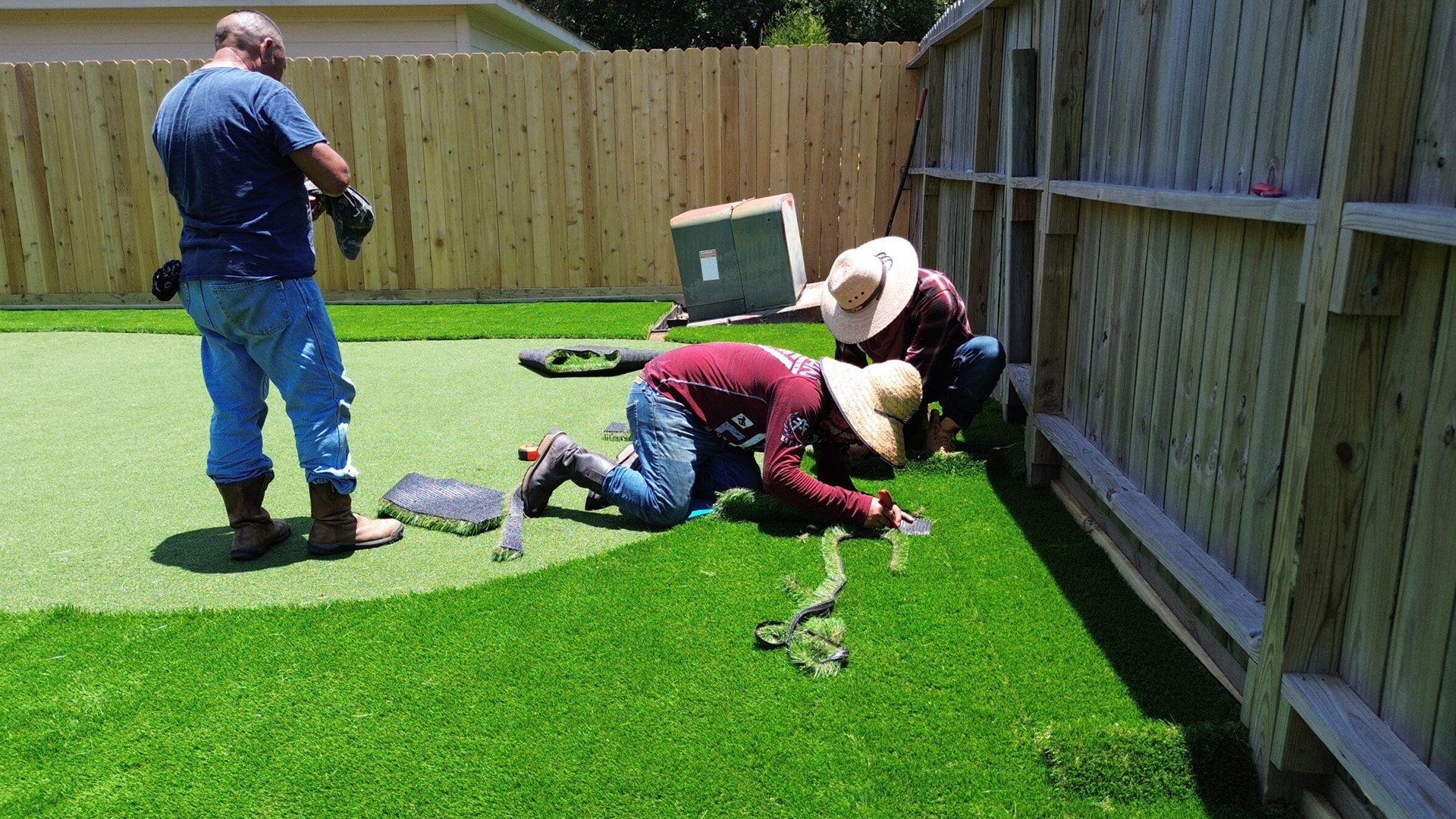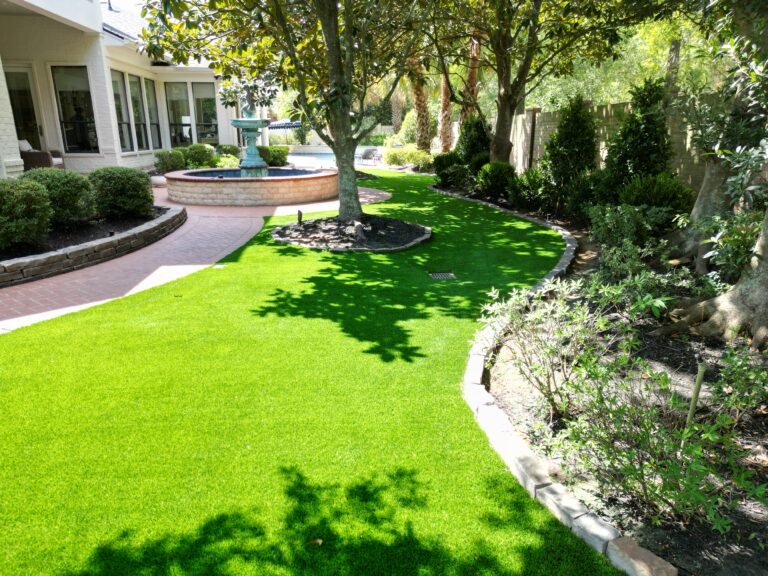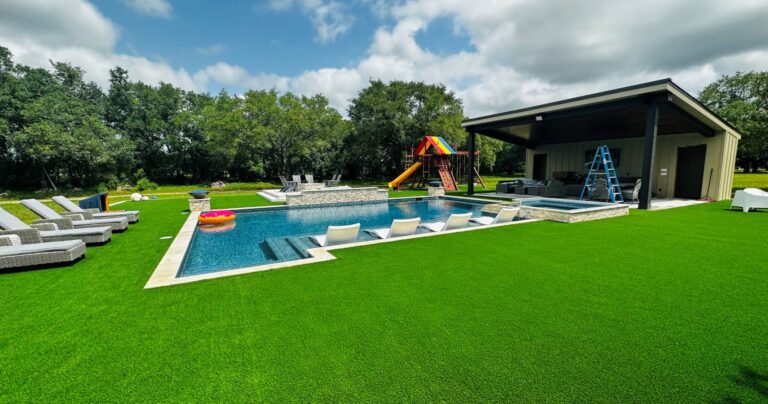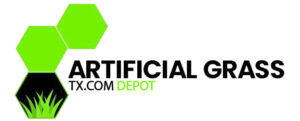Are you ready to take your artificial turf installation skills to the next level?
Look no further than the art of precision cutting. Whether you’re a seasoned professional or just starting out, mastering the technique of cutting artificial turf is crucial for achieving flawless results. From perfectly straight edges to intricate curves, precision cutting is the key to creating a seamless and natural-looking lawn.
Precise cuts techniques
But it’s not just about aesthetics – precise cuts also ensure that your turf fits snugly and securely, minimizing the risk of tripping hazards and premature wear. In this guide, we’ll delve into the various tools and techniques that will help you become a master of precision cutting. So, grab your utility knife and join us as we explore the world of cutting artificial turf with skill and finesse. Let’s elevate your turf installation game together!
Tools needed for cutting artificial turf
When it comes to cutting artificial turf with precision, having the right tools is essential. Here are a few key tools that you’ll need to get the job done:
1. Utility knife: A sharp utility knife is a must-have tool for cutting artificial turf. Look for a knife with aretractable blade and a comfortable grip. Make sure to keep extra blades on hand, as dull blades can make cutting more difficult and result in uneven edges.
2. Measuring tape: Accurate measurements are crucial for achieving precise cuts. A measuring tape will help you determine the correct dimensions and ensure that your turf fits perfectly into the designated area.
3. Straight edge: A straight edge, such as a metal ruler or a long piece of wood, is essential for cutting straight lines. It provides a guide for your knife, helping you achieve clean and even cuts.
4. Stakes and string: For larger turf installations, stakes and string can be used to create guidelines for cutting. By securing the string between stakes, you can create a straight line to follow when cutting.
Now that you have the necessary tools, let’s move on to the step-by-step guide to cutting artificial turf.
Step-by-step guide to cutting artificial turf
1. Prepare the area: Before you start cutting, make sure the area where the turf will be installed is properly prepared. Remove any existing turf or debris and ensure that the ground is level and compacted.
2. Measure and mark: Use your measuring tape to determine the dimensions of the area where the turf will be installed. Mark these measurements on the turf using stakes and string or a straight edge. This will serve as your guideline for cutting.
3. Cutting straight lines: To cut straight lines, position your straight edge along the marked guideline. Hold it firmly in place and carefully run your utility knife along the edge, applying even pressure. Repeat this process until you have cut all the necessary straight lines.
4. Cutting curves: Cutting curves requires a bit more finesse. Start by making small, straight cuts along the curve, following the marked guideline. Gradually connect these cuts by gently bending the turf along the curve and making additional small cuts as needed. Take your time and be patient – precision is key when cutting curves.
5. Trimming excess turf: After cutting all the necessary pieces, you may have some excess turf. Use your utility knife to trim off any excess, ensuring that the edges are clean and even.
Now that you know the basic steps for cutting artificial turf, let’s explore some tips for achieving precision in your cuts.
Tips for achieving precision in cutting artificial turf
Cutting artificial turf with precision requires attention to detail and careful execution. Here are some tips to help you achieve flawless cuts:
1. Use a sharp blade: A sharp utility knife blade is essential for clean and precise cuts. Replace the blade whenever it starts to dull to ensure optimal cutting performance.
2. Take accurate measurements: Accurate measurements are crucial for achieving precise cuts. Use a measuring tape and double-check your measurements before cutting.
3. Secure the turf: Before cutting, make sure the turf is securely in place. This will prevent it from shifting or moving while you’re cutting, ensuring straight lines and accurate cuts.
4. Cut from the back: When cutting artificial turf, it’s often easier and more precise to cut from the back rather than the front. This allows you to follow the marked guideline more accurately.
5. Take your time: Precision cutting requires patience and attention to detail. Take your time and make deliberate, controlled cuts to ensure the best results.
By following these tips, you’ll be well on your way to mastering the art of precision cutting. However, it’s also important to be aware of common mistakes that can compromise the quality of your cuts.
Common mistakes to avoid when cutting artificial turf
Even the most skilled professionals can make mistakes when cutting artificial turf. Here are some common mistakes to watch out for and avoid:
1. Rushing the cuts: Cutting artificial turf requires precision and attention to detail. Rushing the cuts can result in uneven edges and sloppy seams. Take your time and focus on each cut to ensure the best results.
2. Using a dull blade: A dull blade can make cutting more difficult and result in ragged edges. Make sure to use a sharp utility knife blade and replace it as needed.
3. Not double-checking measurements: Accurate measurements are crucial for achieving precise cuts. Double-check your measurements before cutting to avoid costly mistakes.
4. Cutting too much at once: Cutting large sections of turf at once can be challenging and may result in uneven cuts. Instead, make smaller cuts and trim as needed to achieve the desired shape.
5. Neglecting to secure the turf: Failing to secure the turf before cutting can lead to shifting and inaccurate cuts. Use stakes or adhesive to keep the turf in place during the cutting process.
By avoiding these common mistakes, you’ll be able to achieve professional-level cuts and create a flawless artificial turf installation. But the work doesn’t end after cutting – maintaining and caring for your cut artificial turf is equally important.
Maintaining and caring for your cut artificial turf
Once you’ve cut and installed your artificial turf, proper maintenance is key to ensuring its longevity and pristine appearance. Here are a few tips for maintaining and caring for your cut artificial turf:
1. Regular brushing: Brushing your turf regularly helps to maintain its upright position and prevent matting. Use a stiff brush to gently brush the turf in the opposite direction of the fibers.
2. Cleaning spills and stains: Accidents happen, but it’s important to clean up spills and stains promptly to prevent permanent damage. Blot the affected area with a clean cloth or paper towel, and use a mild detergent or artificial turf cleaner if necessary.
3. Removing debris: Regularly remove leaves, twigs, and other debris from your artificial turf to keep it looking clean and fresh. Use a leaf blower or a soft-bristle broom to sweep away any loose debris.
4. Preventing odors: Artificial turf can sometimes develop odors, especially in areas with heavy pet usage. To prevent odors, sprinkle baking soda on the turf and let it sit for a few hours before brushing and rinsing.
5. Professional maintenance: Consider scheduling professional maintenance at least once a year to ensure that your artificial turf remains in optimal condition. This may include deep cleaning, infill rejuvenation, and repairs if needed.
By following these maintenance tips, you can keep your cut artificial turf looking its best and prolong its lifespan. Now, let’s delve into some advanced techniques for cutting complex shapes in artificial turf.
Advanced techniques for cutting complex shapes in artificial turf
While basic cutting techniques will suffice for most installations, there may be instances where you need to cut complex shapes in artificial turf. Here are a few advanced techniques to help you tackle those challenging cuts:
1. Template method: For intricate shapes, consider creating a template out of cardboard or a similar material. Trace the shape onto the turf, and then use your utility knife to carefully cut along the traced lines.
2. Heat-cutting: Heat-cutting involves using a heat gun or a handheld torch to slightly melt the edges of the turf. This technique is useful for creating smooth and seamless curved cuts.
3. Inset method: The inset method involves cutting the turf slightly smaller than the desired shape and then fitting it into the designated area. This technique is commonly used for irregularly shaped areas or to create borders.
These advanced techniques require practice and precision, so be sure to hone your skills before attempting complex cuts. Now that you have a better understanding of cutting artificial turf, let’s explore some resources to further expand your knowledge.
Resources for learning more about cutting artificial turf
If you’re looking to dive deeper into the art of precision cutting and enhance your skills, here are some resources that can help:
1. Online tutorials and videos: A quick search online will reveal a wealth of tutorials and videos that provide step-by-step instructions for cutting artificial turf. These visual resources can be particularly helpful for visual learners.
2. Manufacturer’s guidelines: Many artificial turf manufacturers provide detailed guidelines and instructions for cutting and installing their products. Consult these resources for specific information related to the turf you’re working with.
3. Industry forums and communities: Engaging with industry professionals and fellow turf installers through forums and communities can be a valuable source of knowledge and insights. Share your experiences, ask questions, and learn from others who have mastered the art of precision cutting.
By utilizing these resources, you can continue to refine your cutting techniques and stay up to date with the latest industry trends and best practices. Finally, let’s emphasize the importance of precision in artificial turf installation.
The importance of precision in artificial turf installation
Precision cutting is not just about achieving aesthetically pleasing results – it is also crucial for the functionality and longevity of the artificial turf. Here are a few reasons why precision is key in artificial turf installation:
1. Seamless appearance: Precise cuts create clean and seamless edges, giving your artificial turf installation a professional and polished look.
2. Proper fit: Accurate cuts ensure that the turf fits snugly and securely into the designated area, minimizing the risk of tripping hazards and premature wear.
3. Enhanced durability: Precise cuts prevent gaps and overlaps, reducing the likelihood of damage and extending the lifespan of the artificial turf.
4. Professional reputation: Mastering the art of precision cutting sets you apart as a skilled professional, boosting your reputation and attracting more clients.
By prioritizing precision in your artificial turf installations, you’ll not only achieve exceptional results but also enhance the overall quality and longevity of the turf. So, take your time, practice your cutting techniques, and elevate your turf installation game with precision and finesse.
Conclusion
Mastering the technique of cutting artificial turf is an essential skill for any turf installer, whether you’re a seasoned professional or just starting out. From straight lines to intricate curves, precision cutting is the key to creating a flawless and natural-looking lawn. By using the right tools, following a step-by-step guide, and incorporating advanced techniques when necessary, you can achieve precise cuts that enhance the aesthetic appeal and functionality of artificial turf installations.
Remember to maintain and care for your cut turf properly to ensure its longevity and pristine appearance. Continually expand your knowledge through resources and engage with industry professionals to stay at the forefront of the art of precision cutting. By prioritizing precision in your installations, you’ll not only elevate your turf installation game but also establish yourself as a skilled professional in the field. So, grab your utility knife, embrace the art of precision, and let your turf installations shine!
